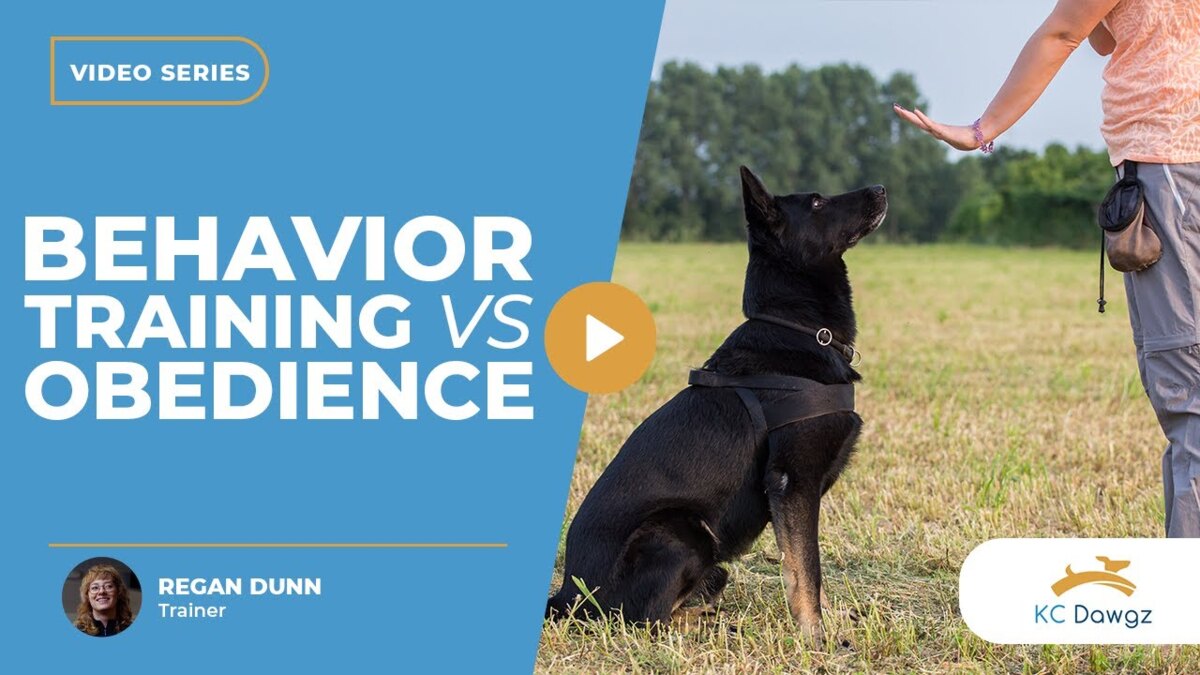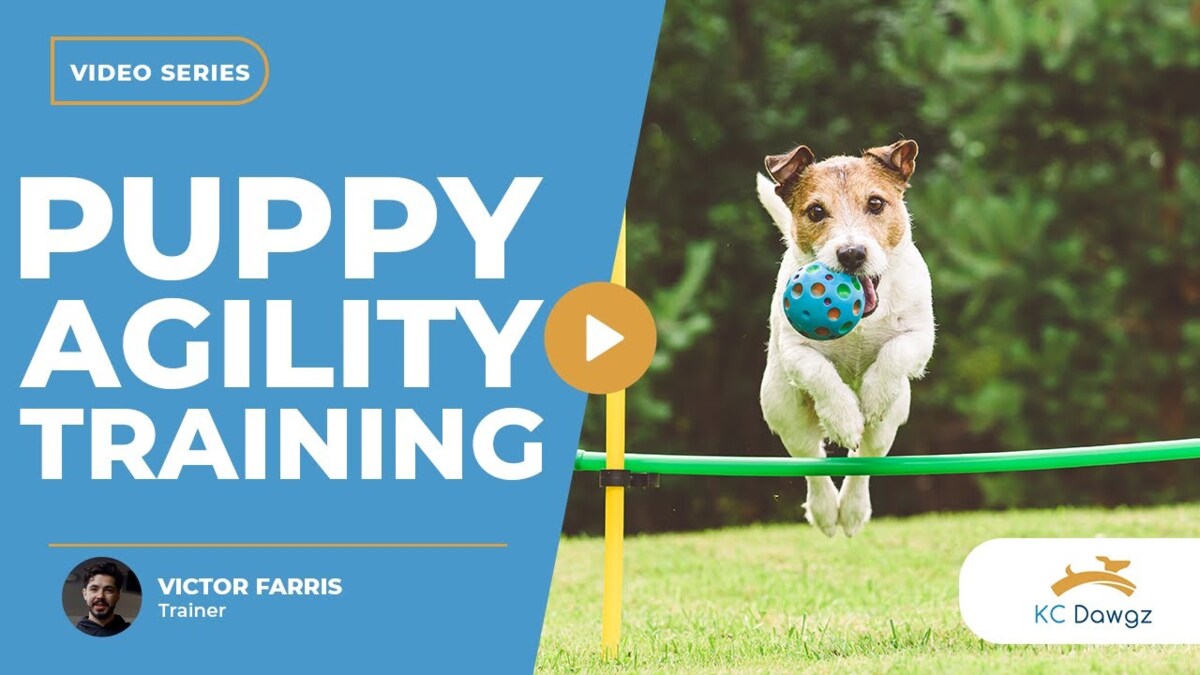Some dogs react with fear when they hear loud noises, see grooming tools, or walk into the vet’s office. These reactions can make everyday tasks difficult and stressful. One effective way to change these behaviors is through counterconditioning.
Counterconditioning is a simple but powerful technique that helps your dog build a positive association with things it once feared. At KC Dawgz, we use this method to help dogs feel more relaxed and confident in challenging situations. Let’s walk through what counterconditioning is, how it works, and how you can apply it to your dog’s daily life.
What is Counterconditioning?
Counterconditioning, simply put, is the process of changing your dog’s association with something it finds unpleasant, uncomfortable, or even frightening. Instead of your dog reacting with fear or stress, counterconditioning helps create a new, positive emotional response.
For example, imagine your dog hates having its nails trimmed. Every time you try, it pulls its paw away in discomfort. Through counterconditioning, you can teach your dog that nail trimming isn’t so bad after all. With the right steps, patience, and positive reinforcement, your dog can feel more at ease in situations it once dreaded.
How Does Counterconditioning Work?
1. Changing Associations with Positivity
The cornerstone of counterconditioning is creating positive associations. Let’s return to the nail trimming example. If your dog finds nail trimming scary, we’d introduce the process slowly, pairing each step with rewards like treats or praise. Over time, the positive experiences replace the negative emotions your dog previously felt.
2. Using Clickers and Food
A clicker is an essential tool in counterconditioning because it creates a consistent marker for positive behavior. When paired with food—a powerful motivator for most dogs—a clicker becomes a shortcut to happiness for your pup.
Here’s how it works:
- Load the Clicker: Start by giving the clicker meaning. Click and immediately follow it with a treat several times until your dog associates the sound with a reward.
- Trigger the Stimulus: Expose your dog to the trigger—such as touching its paw.
- Click and Reward: At every small step your dog tolerates, use the clicker and give a treat. This process floods the dog’s brain with dopamine, reinforcing the idea that the experience is not as scary as it seemed.
3. Gradual Steps for Success
Counterconditioning is all about taking it slow. For nail trimming, you might begin with simply touching your dog’s paw. Reward it. Then progress to holding its paw, introducing the clippers, and eventually trimming one nail at a time—rewarding every small step along the way.
Where Can Counterconditioning Be Applied?
The beauty of counterconditioning is its versatility. Here are some common situations where it can be used:
- Physical Touch: If your dog dislikes being touched in specific areas, counterconditioning can help.
- Vet Visits: Many dogs experience anxiety at the vet. You can use counterconditioning to create positive associations with the clinic.
- Car Rides: Dogs who fear car rides can learn to enjoy them through step-by-step positive reinforcement.
- Kennel Training: For dogs who view crates or kennels as frightening, counterconditioning can make them feel safe and secure inside.
The possibilities are nearly endless. Wherever fear or discomfort exists, counterconditioning can be a game-changer.
Tips for Successful Counterconditioning
While counterconditioning is straightforward in theory, execution matters. Here are our top tips:
1. Timing is Everything
Clickers are only effective if your timing is precise. You need to mark the exact moment your dog exhibits the desired behavior. If you click too early or too late, you might reinforce the wrong action.
2. Use High-Value Rewards
Not all treats are created equal! Use rewards your dog absolutely loves, like small pieces of chicken or cheese. This keeps your dog motivated and eager to learn.
3. Be Patient
Counterconditioning is not an overnight process. It requires consistency, patience, and a willingness to move at your dog’s pace.
4. Work with a Professional
If you’re unsure where to start or feel overwhelmed, professional dog trainers like us at KC Dawgz can guide you through the process, ensuring your dog receives the best care and support.
In Summary
Counterconditioning is a powerful and effective way to help dogs overcome fear, anxiety, and discomfort. By creating positive associations through tools like clickers and food, we can help your dog feel more at ease in situations that once seemed impossible. Whether it’s nail trimming, vet visits, or car rides, counterconditioning opens the door to a happier, more confident dog.
If you’re ready to help your dog overcome its challenges, contact us today. At KC Dawgz, we specialize in personalized dog training that works for you and your furry family member. Let’s get started!




